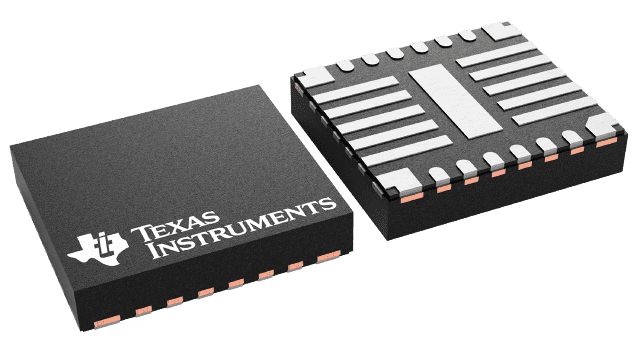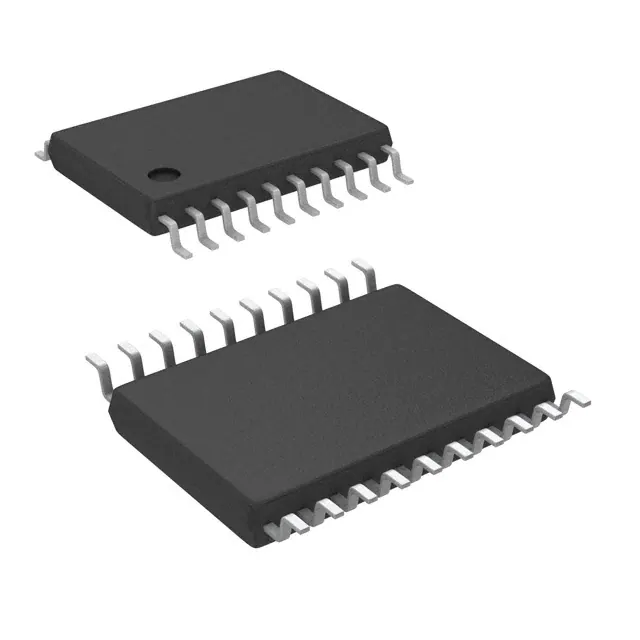Original Electronic Component EP4CGX50CF23C8N EPC1PI8 EPM7128SQC100-10F EPM7128EQC100-15 Ic Chip
Product Attributes
| TYPE | DESCRIPTION |
| Category | Integrated Circuits (ICs)Embedded |
| Mfr | Intel |
| Series | Cyclone® IV GX |
| Package | Tray |
| Product Status | Active |
| Number of LABs/CLBs | 3118 |
| Number of Logic Elements/Cells | 49888 |
| Total RAM Bits | 2562048 |
| Number of I/O | 290 |
| Voltage – Supply | 1.16V ~ 1.24V |
| Mounting Type | Surface Mount |
| Operating Temperature | 0°C ~ 85°C (TJ) |
| Package / Case | 484-BGA |
| Supplier Device Package | 484-FBGA (23×23) |
| Base Product Number | EP4CGX50 |
Documents & Media
| RESOURCE TYPE | LINK |
| Datasheets | Cyclone IV Device DatasheetCyclone IV Device Handbook |
| Product Training Modules | Cyclone® IV FPGA Family Overview |
| Featured Product | Cyclone® IV FPGAs |
| PCN Design/Specification | Quartus SW/Web Chgs 23/Sep/2021Mult Dev Software Chgs 3/Jun/2021 |
| PCN Assembly/Origin | Cyclone IV Assembly Site Add 29/Apr/2016 |
| PCN Packaging | Mult Dev Label CHG 24/Jan/2020Mult Dev Label Chgs 24/Feb/2020 |
| EDA Models | EP4CGX50CF23C8N by Ultra Librarian |
| Errata | Cyclone IV Device Family Errata |
Environmental & Export Classifications
| ATTRIBUTE | DESCRIPTION |
| RoHS Status | RoHS Compliant |
| Moisture Sensitivity Level (MSL) | 3 (168 Hours) |
| REACH Status | REACH Unaffected |
| ECCN | 3A991D |
| HTSUS | 8542.39.0001 |
Altera Cyclone® IV FPGAs extend the Cyclone FPGA series leadership in providing the market’s lowest cost, lowest power FPGAs, now with a transceiver variant. Cyclone IV devices are targeted to high volume, cost-sensitive applications, enabling system designers to meet increasing bandwidth requirements while lowering costs. Providing power and cost savings without sacrificing performance, along with a low-cost integrated transceiver option, Cyclone IV devices are ideal for low-cost, small-form-factor applications in the wireless, wireline, broadcast, industrial, consumer, and communications industries. Built on an optimized low-power process, the Altera Cyclone IV device family offers two variants. Cyclone IV E offers the lowest power and high functionality with the lowest cost. Cyclone IV GX offers the lowest power and lowest cost FPGAs with 3.125Gbps transceivers.
Cyclone® Family FPGAs
Intel Cyclone® Family FPGAs are built to meet your low-power, cost-sensitive design needs, enabling you to get to market faster. Each generation of Cyclone FPGAs solves the technical challenges of increased integration, increased performance, lower power, and faster time to market while meeting cost-sensitive requirements. Intel Cyclone V FPGAs provide the market’s lowest system cost and lowest power FPGA solution for applications in the industrial, wireless, wireline, broadcast, and consumer markets. The family integrates an abundance of hard intellectual property (IP) blocks to enable you to do more with less overall system cost and design time. The SoC FPGAs in the Cyclone V family offer unique innovations such as a hard processor system (HPS) centered around the dual-core ARM® Cortex™-A9 MPCore™ processor with a rich set of hard peripherals to reduce system power, system cost, and board size. Intel Cyclone IV FPGAs are the lowest cost, lowest power FPGAs, now with a transceiver variant. The Cyclone IV FPGA family targets high volume, cost-sensitive applications, enabling you to meet increasing bandwidth requirements while lowering costs. Intel Cyclone III FPGAs offer an unprecedented combination of low cost, high functionality, and power optimization to maximize your competitive edge. The Cyclone III FPGA family is manufactured using Taiwan Semiconductor Manufacturing Company’s low-power process technology to deliver low power consumption at a price that rivals that of ASICs. Intel Cyclone II FPGAs are built from the ground up for low cost and to provide a customer-defined feature set for high volume, cost-sensitive applications. Intel Cyclone II FPGAs deliver high performance and low power consumption at a cost that rivals that of ASICs.
What is SMT?
The vast majority of commercial electronics are all about complex circuitry fitting in small spaces. To do this, components need to be directly mounted onto the circuit board rather than wired. This is essentially what surface mount technology is.
Is Surface Mount Technology important?
A huge majority of today’s electronics are manufactured with SMT, or surface mount technology. Devices and products that use SMT have a large number of advantages over traditionally routed circuits; these devices are known as SMDs, or surface mount devices. These advantages have ensured that SMT has dominated the PCB world since its conception.
Advantages of SMT
- The main advantage of SMT is to allow automated production and soldering. This is cost and time-saving and also allows for a far more consistent circuit. The savings in manufacturing costs are often passed along to the customer – making it beneficial for everyone.
- Less holes need to be drilled on circuit boards
- Costs are lower than through-hole equivalent parts
- Either side of a circuit board can have components placed on it
- SMT components are far smaller
- Higher component density
- Better performance under shake and vibration conditions.
Disadvantages of SMT
- Large or high-power parts are unsuitable unless through-hole construction is used.
- Manual repair can be extremely difficult due to the extremely low size of components.
- SMT can be unsuitable for components that receive frequent connecting and disconnecting.
What are SMT devices?
Surface mount devices or SMDs are devices that use surface mount technology. The various components used are designed specifically to be soldered directly to a board rather than wired between two points, as is the case with through hole technology. There are three main categories of SMT components.
Passive SMDs
The majority of passive SMDs are resistors or capacitors. The package sizes for these are well standardised, other components including coils, crystals and others tend to have more specific requirements.
Integrated circuits
For more information about integrated circuits in general, read our blog. In relation to SMD specifically, they can vary extensively depending on the connectivity needed.
Transistors and diodes
Transistors and diodes are often found in a small plastic package. Leads form connections and touch the board. These packages use three leads.
A brief history of SMT
Surface mount technology became widely used in the 1980s, and its popularity has only grown from there. PCB producers quickly realised that SMT devices were much more efficient to produce than existing methods. SMT allows for production to be highly mechanised. Previously, PCBs had used wires to connect up their components. These wires were administered by hand using the through-hole method. Holes in the surface of the board had wires threaded through them, and these, in turn, connected the electronic components together. Traditional PCBs needed humans to assist in this manufacture. SMT removed this cumbersome step from the process. Components were instead soldered onto pads on the boards instead – hence ‘surface mount’.
SMT catches on
The way that SMT lent itself to mechanisation meant that usage spread quickly throughout the industry. A whole new set of components were created to accompany this. These are often smaller than their through-hole counterparts. SMDs were able to have a much higher pin count. In general, SMTs are also much more compact than through-hole circuit boards, allowing for lower transportation costs. Overall, the devices are simply much more efficient and economical. They are capable of technological advances that could not have been imaginable using through-hole.
In use in 2017
Surface mount assembly has almost total domination of the PCB creation process. Not only are they more efficient to produce, and smaller to transport, but these little devices are also highly efficient. It is easy to see why PCB production has moved on from the wired through-hole method.












.png)
